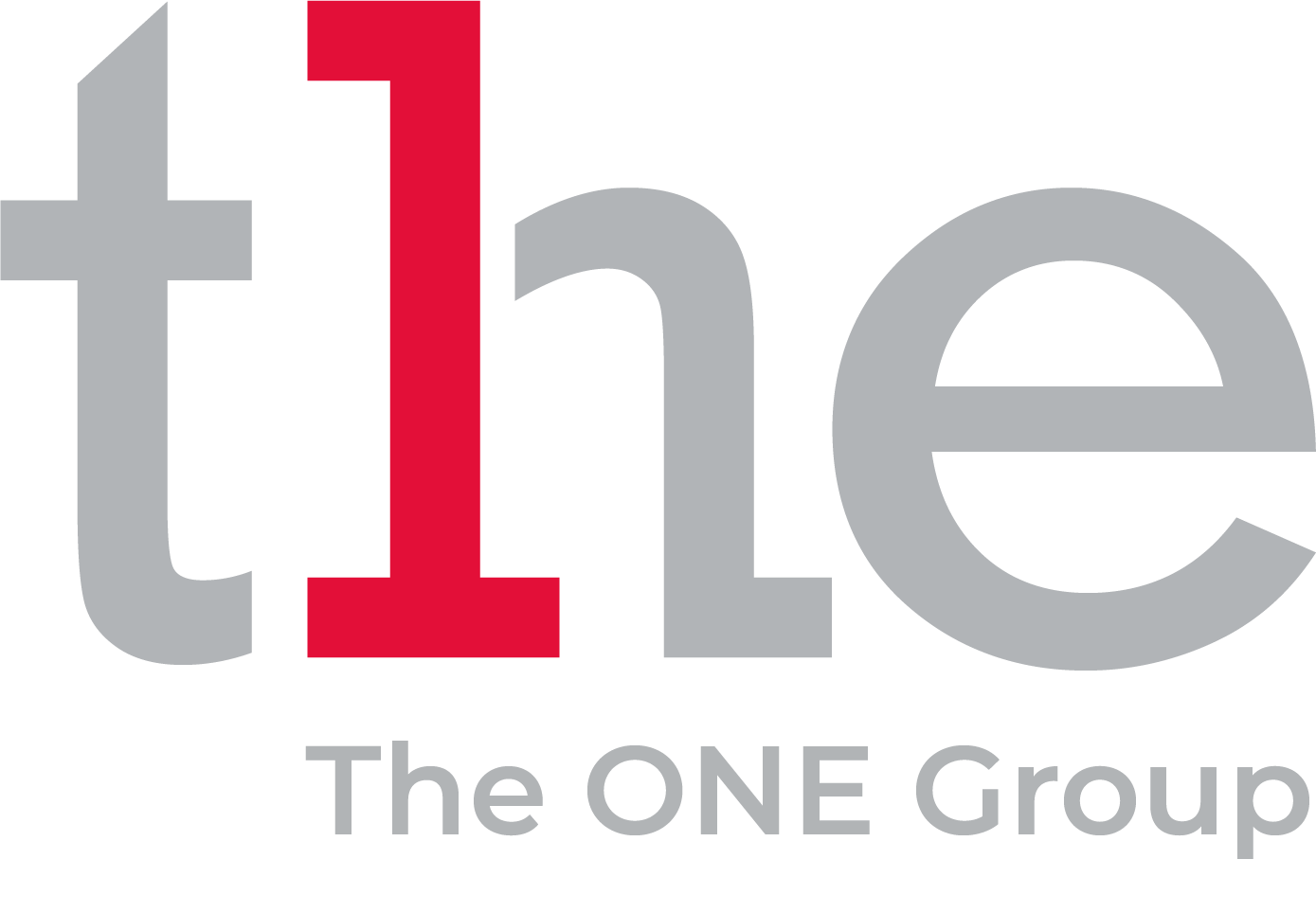Julie Marsh from Be You Consultancy delves into the unique aspects of Generation X and how companies can support them as they reintegrate into the workforce. In this article, Julie discusses the challenges and opportunities faced, and strategies for both individuals and organisations to facilitate a smooth transition back into professional life.
Meet Julie Marsh:
Julie Marsh, the founder of Be You Consultancy, offers HR consultancy, coaching, mentoring, and motivational mapping services. As a proud member of Generation X, Julie brings a passionate perspective to the topic.
Understanding Generation X:
Generation X, born between 1965 and 1981, represents a demographic seeking autonomy, immediate communication, and meaningful work. This generation is characterised by a desire for flexibility, making their return to the workforce a nuanced journey influenced by factors such as career changes, health considerations, and the evolving employment landscape.
Challenges Encountered by Generation X:
Returning to work after a break, Generation X faces various challenges. Adapting to technological advancements, overcoming potential confidence issues, and navigating a job market that may seem biased towards younger candidates are among the hurdles that this generation must address. Companies need to be mindful of potential biases in their recruitment processes. Language matters and job descriptions should avoid terms that may unintentionally discourage experienced professionals.
Embracing Diversity in the Workforce:
Employers shouldn’t underestimate the benefits of having a balanced workforce and the unique qualities, skills, and experiences that Generation X brings to the table. Recognising that age diversity brings a wealth of experience and knowledge can lead to more inclusive hiring practices.
There is a huge value to businesses in having a workforce that spans multiple generations and will contribute to a richer and more dynamic work environment. There are also many benefits to managing multigenerational teams and managers need to embrace their leadership styles to meet their diverse team needs.
Overcoming Imposter Syndrome:
Imposter syndrome, a common phenomenon, can particularly impact individuals returning to work. This mindset, often more pronounced among females, may hinder applications for jobs. Julie encourages a proactive approach, urging individuals to seize opportunities, overcome self-doubt, and encourage taking chances even if they don't meet all job requirements.
Flexibility in the Workplace:
Employers play a vital role in supporting Generation X, including fostering a more flexible work environment, embracing a diverse workforce, and recognising the value of older professionals who bring a wealth of experience.
Generation X's return to work is often driven by factors like children leaving home or health considerations. Companies can attract and retain this talent pool by offering flexibility, hybrid work options, and creating a supportive community within the workplace.
Understanding Reverse Mentoring
Reverse mentoring is a practice where younger individuals mentor their older counterparts, often in areas related to technology, digital trends, and contemporary perspectives. This concept challenges traditional mentorship dynamics, recognising that knowledge and insights can flow in both directions, regardless of age.
In the workplace, reverse mentoring becomes a powerful tool to bridge the generation gap. Generation X, having witnessed substantial technological changes, can benefit from the fresh perspectives and digital fluency of younger generations. Conversely, younger employees gain insights into the wisdom, experience, and institutional knowledge that their more senior colleagues bring to the table.
Reverse mentoring fosters collaboration and a sense of unity within the workforce. By breaking down generational barriers, it creates an environment where individuals of different ages can learn from each other, share experiences, and collaborate more effectively. This collaborative spirit contributes to a positive workplace culture.
Networking Opportunities:
For Generation X individuals seeking new career paths, networking becomes a powerful tool. The post-pandemic era has seen a shift in networking dynamics, with virtual and online events becoming commonplace. Embracing these changes allows Gen Xers to navigate networking opportunities that align with their preferences, whether face-to-face or online.
Supporting Career Transitions:
As Generation X contemplates career changes or shifts, companies play a crucial role in providing support. Encouraging open conversations about succession plans, considering lateral or downward moves, and appreciating the unique skill sets of mature employees are vital aspects.
For those seeking flexibility, consultancy and freelancing are viable alternatives to traditional employment. Autonomy and work-life balance are advantages of these fields, providing Generation X with opportunities to structure their work according to personal preferences.
Closing Thoughts:
In essence, Generation X, with its rich blend of experience and adaptability, stands out as the connection of tradition and innovation. The challenge for both individuals and organisations is to leverage this unique position, creating a workplace culture that embraces diversity, values accumulated wisdom, and encourages continuous learning across generations.

